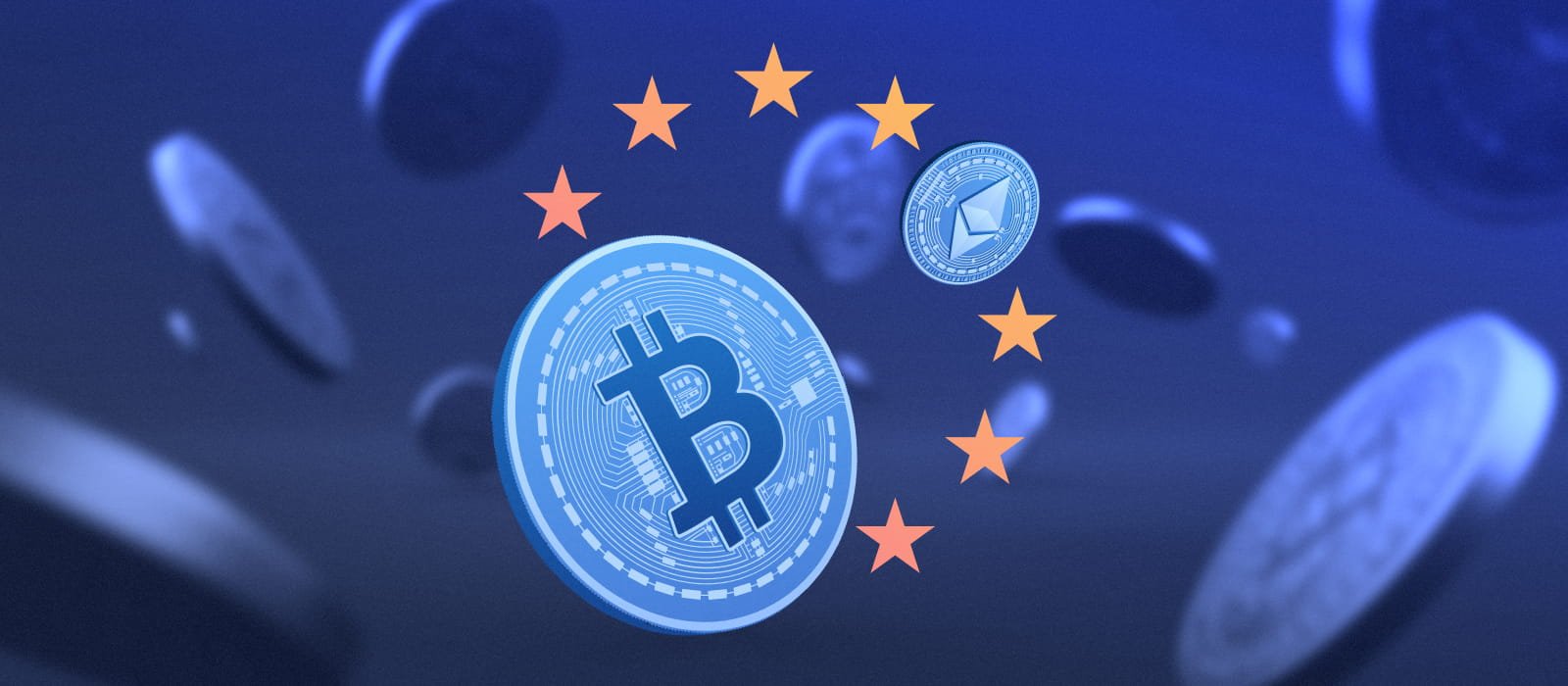With Bitcoin (BTC) solidly above the $105,000 level and Ethereum (ETH) surging more than 5% on the back of new institutional buying, the Bitcoin Market shows strength in early June 2025. The larger market mood is more positive as digital assets gain fresh traction, driven by macroeconomic concerns, technological innovation, and a new wave of significant adoption from financial institutions.
Crossing the psychological threshold of $100,000 earlier this year, Bitcoin has continued its rise despite global challenges and regulatory uncertainty. Meanwhile, increased interest in decentralized finance (DeFi), corporate adoption of smart contracts, and consistent staking growth on the Ethereum 2.0 network have driven Ethereum’s value higher.
Bitcoin’s Rising Role in Global Finance and Investment
The way Bitcoin performs in 2025 will significantly alter its position in global finance. As of now, Bitcoin is trading at roughly $105,150 and has become not only a speculative asset but also, increasingly, a macroeconomic hedge compared to gold. The establishment of the U.S. Strategic Bitcoin Reserve, a legislative action approved by the Trump government earlier this year, marks one of the defining triggers of this increasing trend. Reflecting past actions by El Salvador and numerous Latin American countries, this action was a significant endorsement of Bitcoin by a sovereign state.
Demand for limited, distributed assets has also been stoked by the dovish monetary policies of the Federal Reserve and worries about long-term inflation. With a limited supply of 21 million coins and a growing understanding of its deflationary nature, Bitcoin has become a favored store of value for institutional funds and asset managers.
 Notably, investing behemoths like BlackRock and Fidelity have increased their exposure to Bitcoin through various exchange-traded products (ETPs), thereby validating it as a part of conventional investment plans. Data from Chainalysis and Glassnode show that over 72% of Bitcoin in circulation has remained unchanged in the last six months, indicating high long-term conviction among holders.
Notably, investing behemoths like BlackRock and Fidelity have increased their exposure to Bitcoin through various exchange-traded products (ETPs), thereby validating it as a part of conventional investment plans. Data from Chainalysis and Glassnode show that over 72% of Bitcoin in circulation has remained unchanged in the last six months, indicating high long-term conviction among holders.
Institutional Adoption and Utility Drive Ethereum’s Growth
Ethereum’s impressive 5% price increase today reflects the renewed excitement of institutional players, as it brings its value to approximately $2,605. Thanks to its unparalleled use in enabling smart contracts, distributed finance systems, non-fungible tokens (NFTs), and tokenized real-world assets, the second-largest cryptocurrency by market capitalization continues to attract interest.
With custodian sites like Coinbase and Anchorage Digital reporting record inflows from hedge funds and private equity companies, the rising rate of institutional staking on Ethereum 2.0 is a key driver of this upward trend. These companies are purposefully investing in the Ethereum ecosystem’s infrastructure, not just speculating.
Furthermore, Ethereum’s increasing importance is underscored by its ongoing inclusion in enterprise-grade blockchain systems, primarily through the Enterprise Ethereum Alliance. Leading developments on private Ethereum-based networks, companies such as ConsenSys and JPMorgan Chase have been hastening acceptance in international banking.
Furthermore, helping Ethereum is the continuous tokenizing of assets. On the Ethereum blockchain, real estate, fine art, and even carbon credits are progressively shown as ERC-20 tokens, creating new liquidity paths and investment opportunities. Unlike speculative pumps, this utility-based demand prepares the way for steady, long-term expansion.
Institutions and Regulations Reshape Crypto
One cannot stress the increasing presence of institutions in the crypto industry. Leading companies with a positive long-term view on cryptocurrencies include MicroStrategy, which currently holds over 425,000 BTC on its balance sheet, and ARK Invest, led by Cathie Wood. Their contributions not only act as sponsors but also produce a self-reinforcing cycle of market resiliency and legitimacy.
 Wall Street is also warming up to crypto inclusion at the same time. Goldman Sachs reopened its digital asset trading desk, and the New York Stock Exchange just introduced crypto futures contracts, thereby providing clients with direct access to both Bitcoin and Ethereum.
Wall Street is also warming up to crypto inclusion at the same time. Goldman Sachs reopened its digital asset trading desk, and the New York Stock Exchange just introduced crypto futures contracts, thereby providing clients with direct access to both Bitcoin and Ethereum.
While nations like Singapore and the UAE have become innovation hotspots due to their crypto-friendly regulations, the MiCA laws of the European Union have provided digital assets with a harmonized legal framework.
Final thoughts
Looking ahead, the ssituation inhe crypto market rremainsositive, although m,aalthough marketl always cause short-term correctionscorThe fundamentalfundamentalch as rising adoption, developing infrastructure, and institutional trust—are aligning toaligninggto oing expansion.
The creation of central bank digital currencies (CBDCs) and their potential coexistence with distributed cryptocurrencies is another such trend. While some analysts envision rivalry, others contend that CBDCs will solidify blockchain as a technology pillar for the next generation of systems even more.

